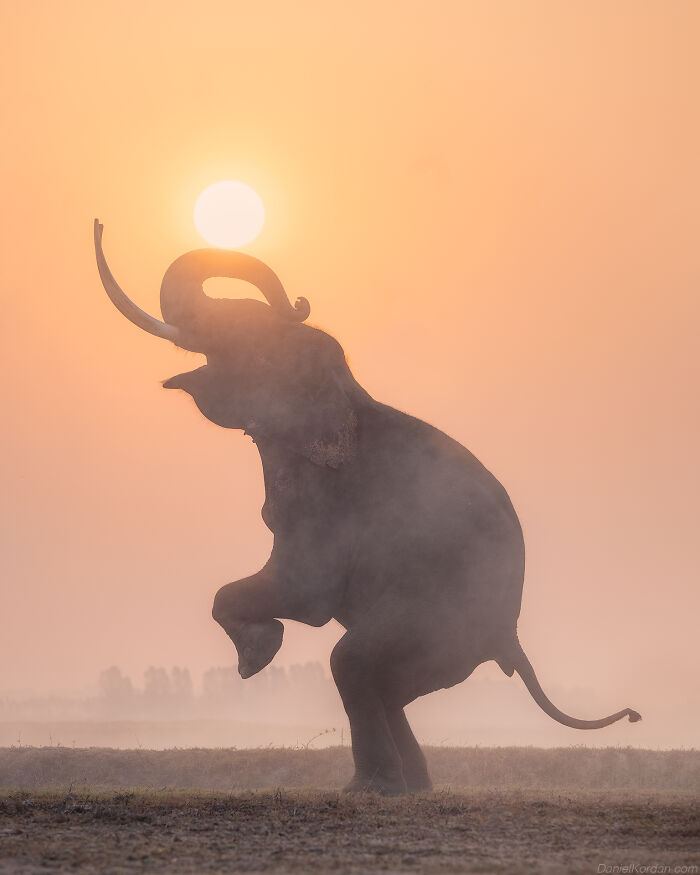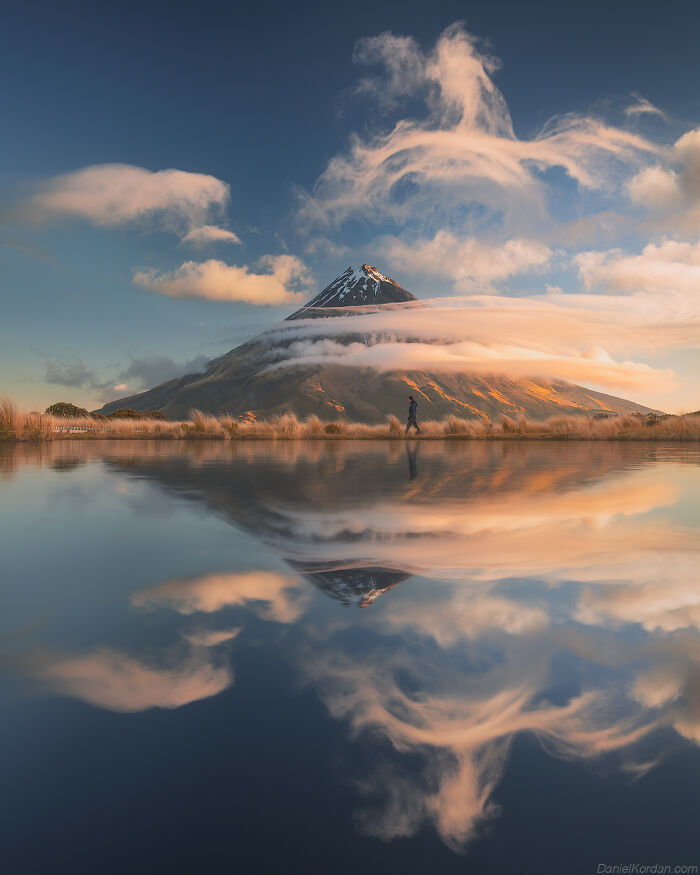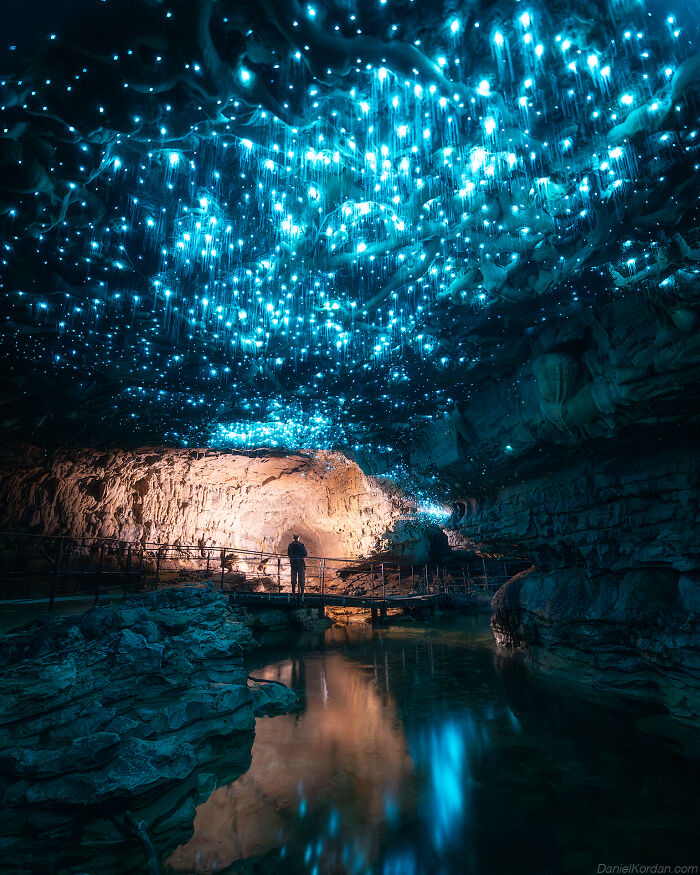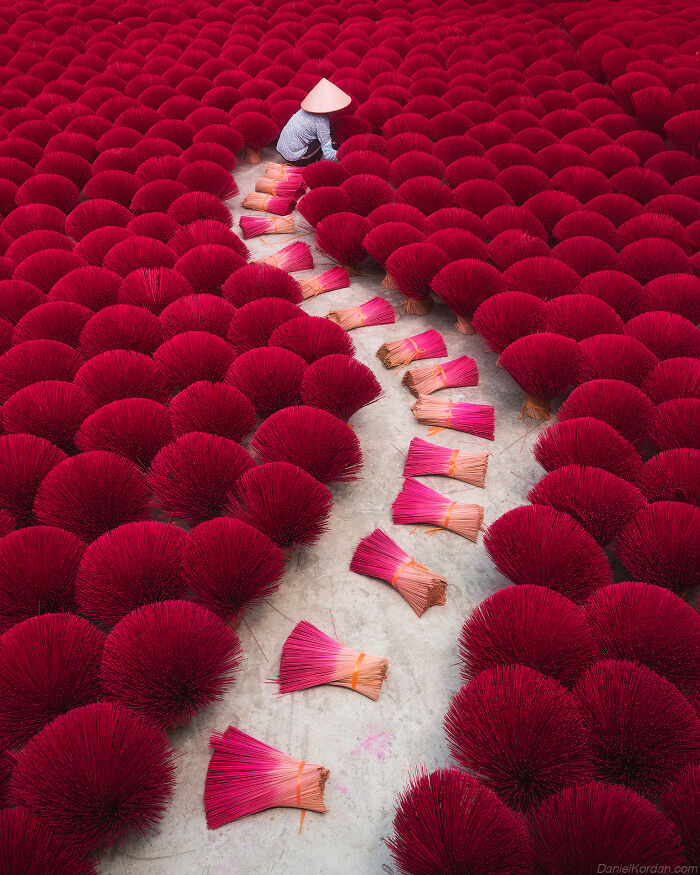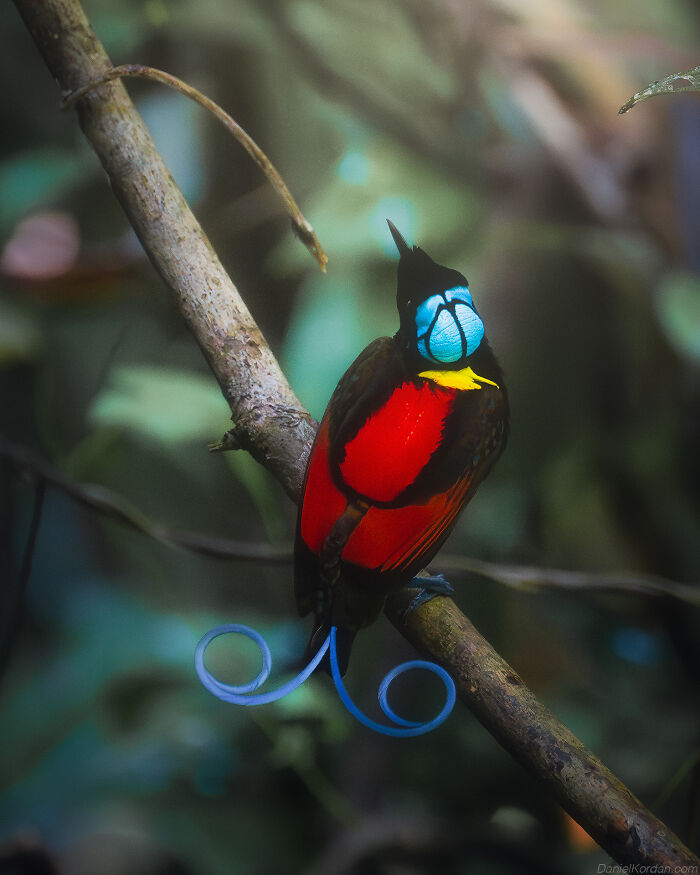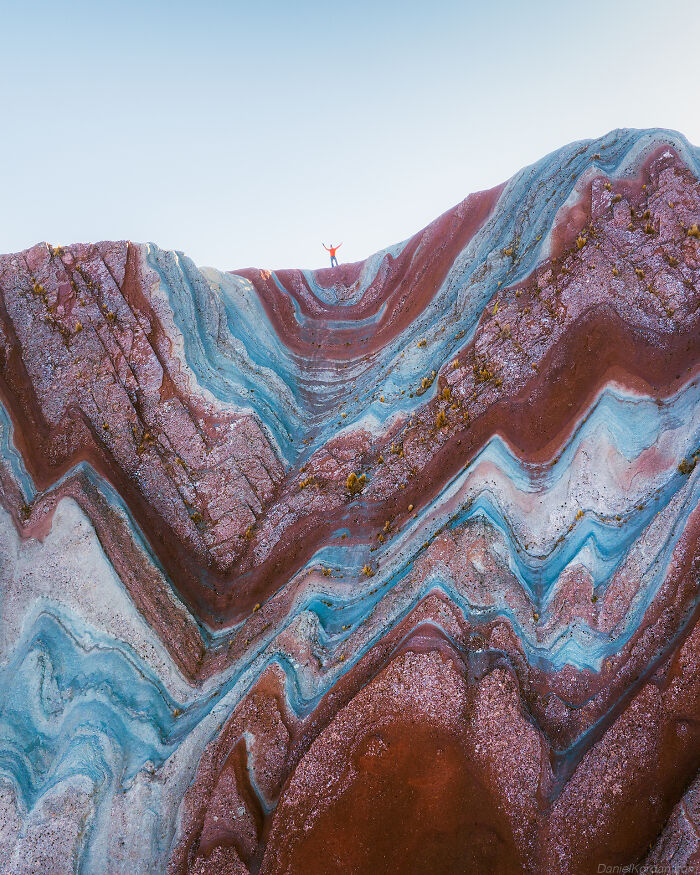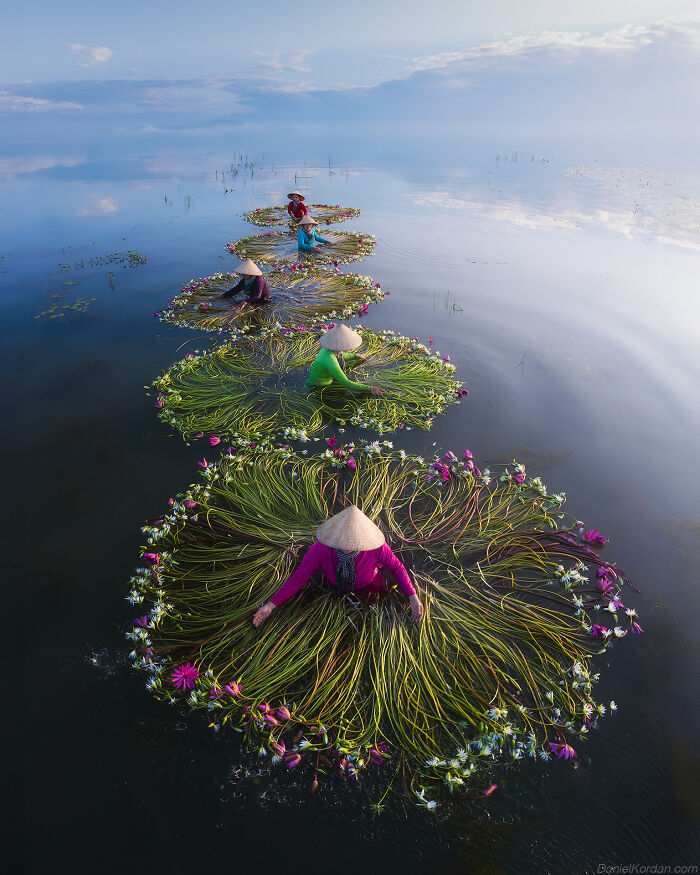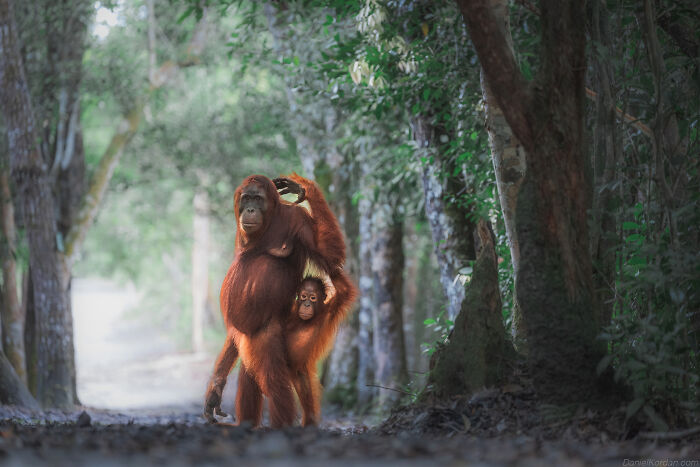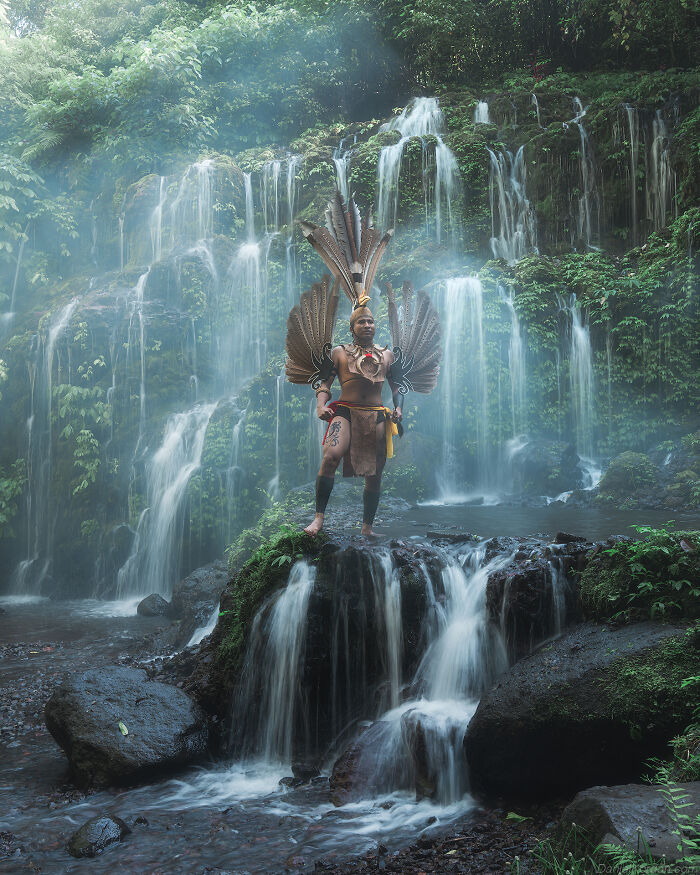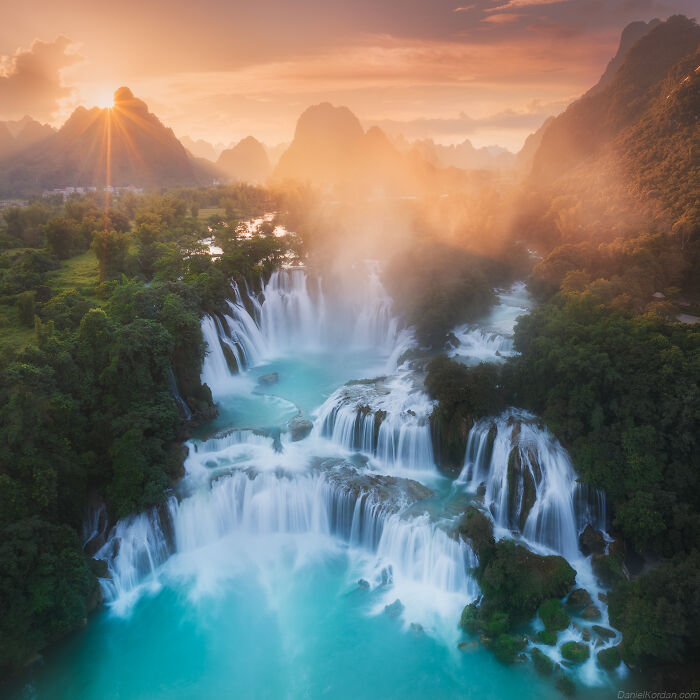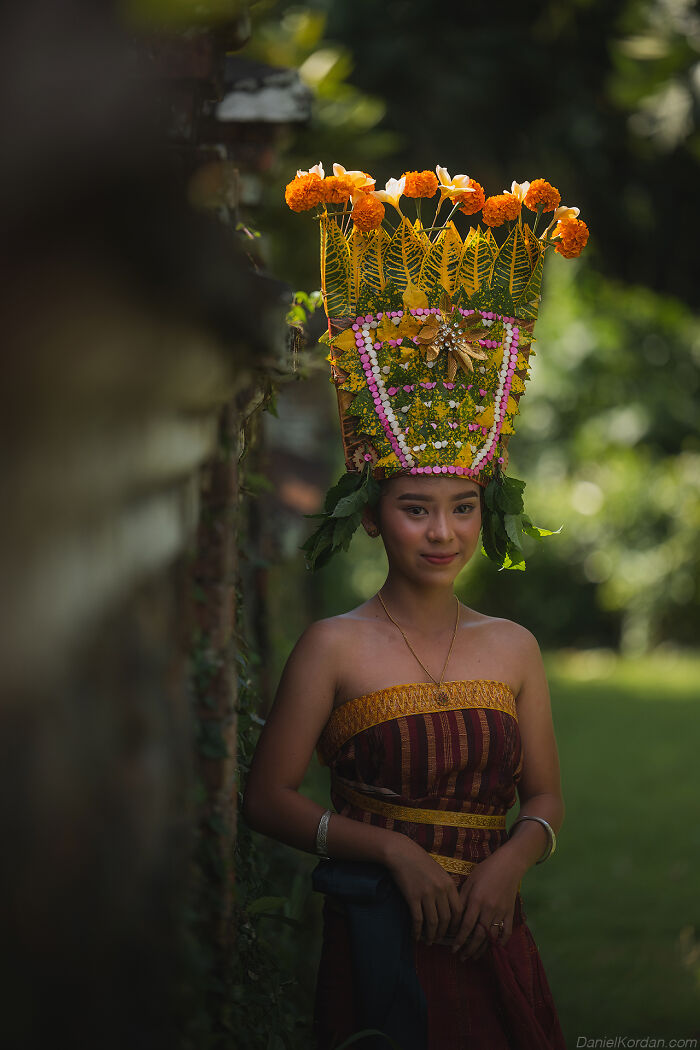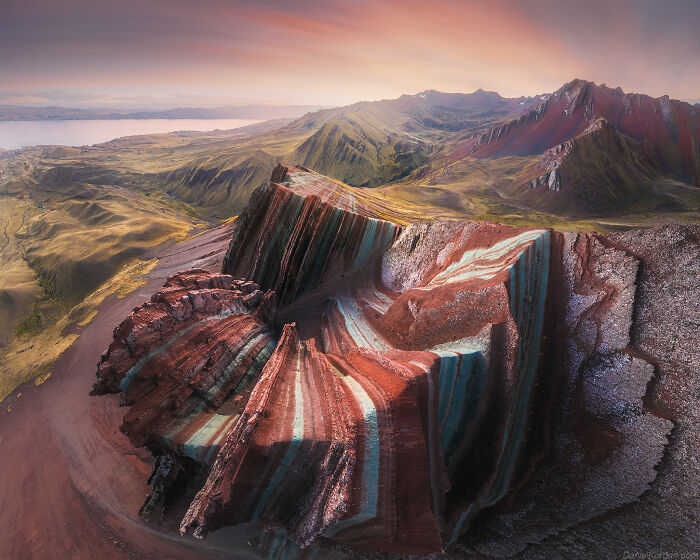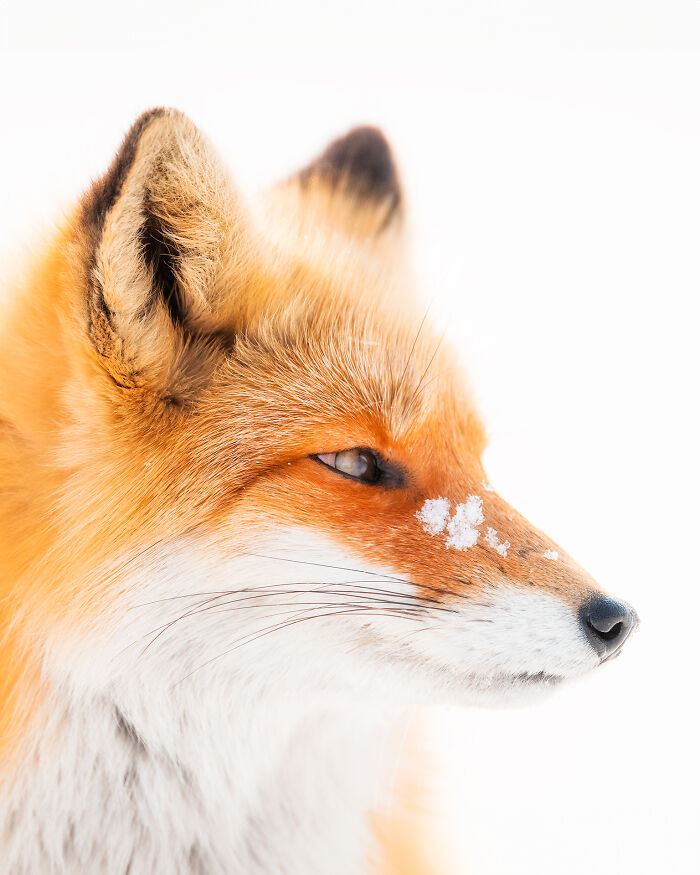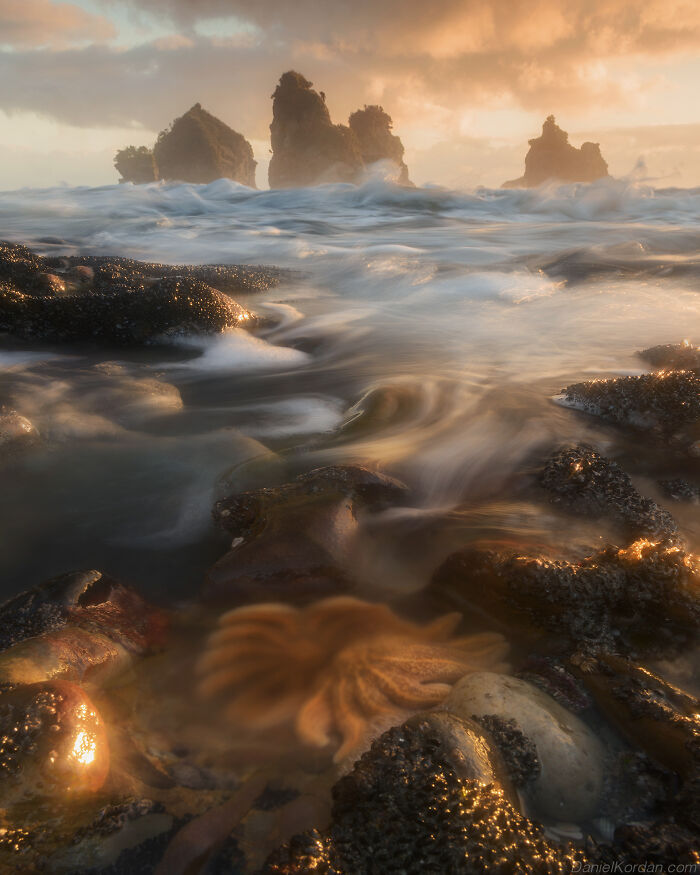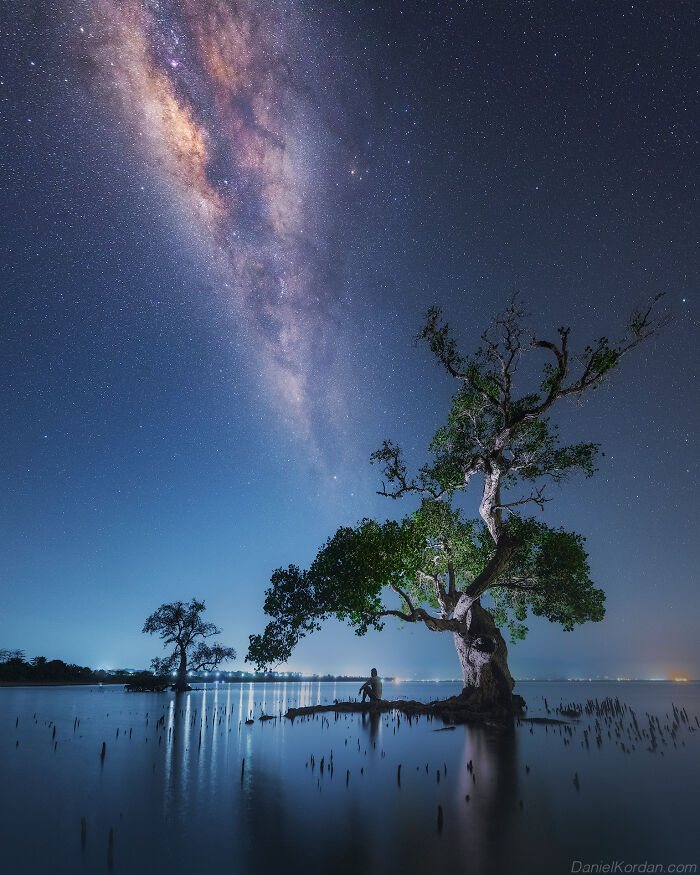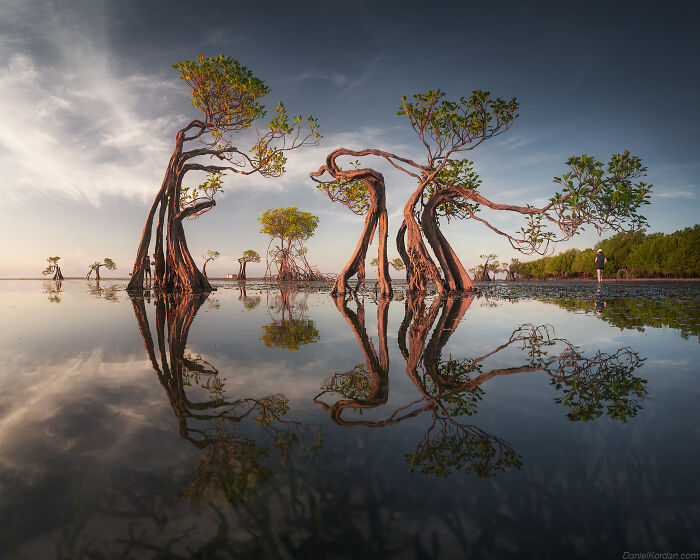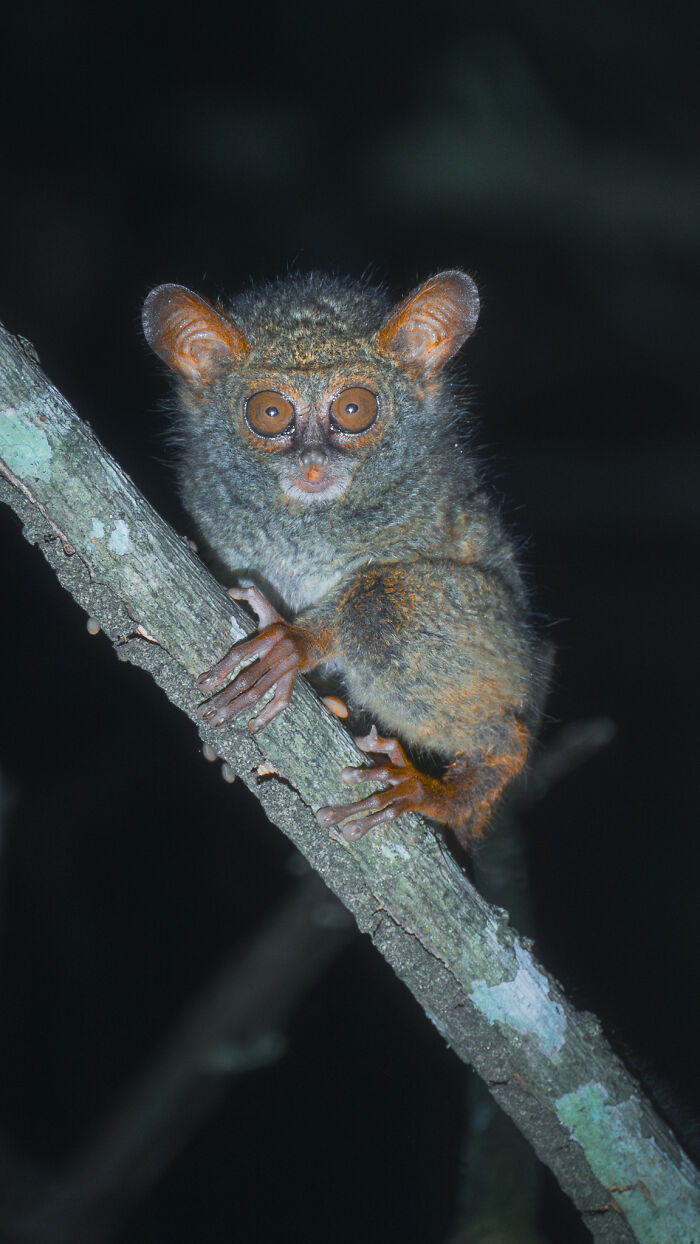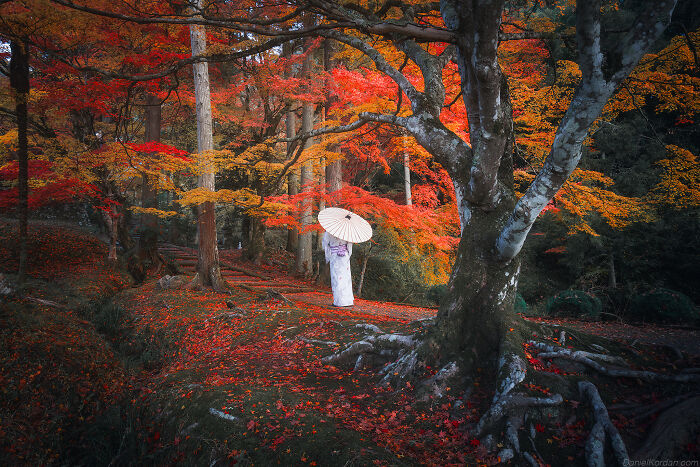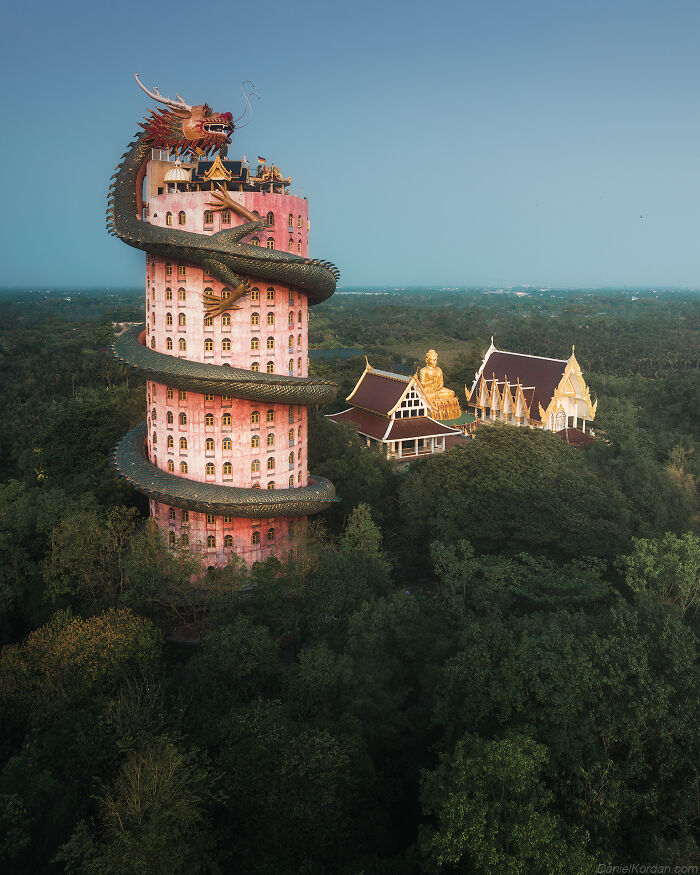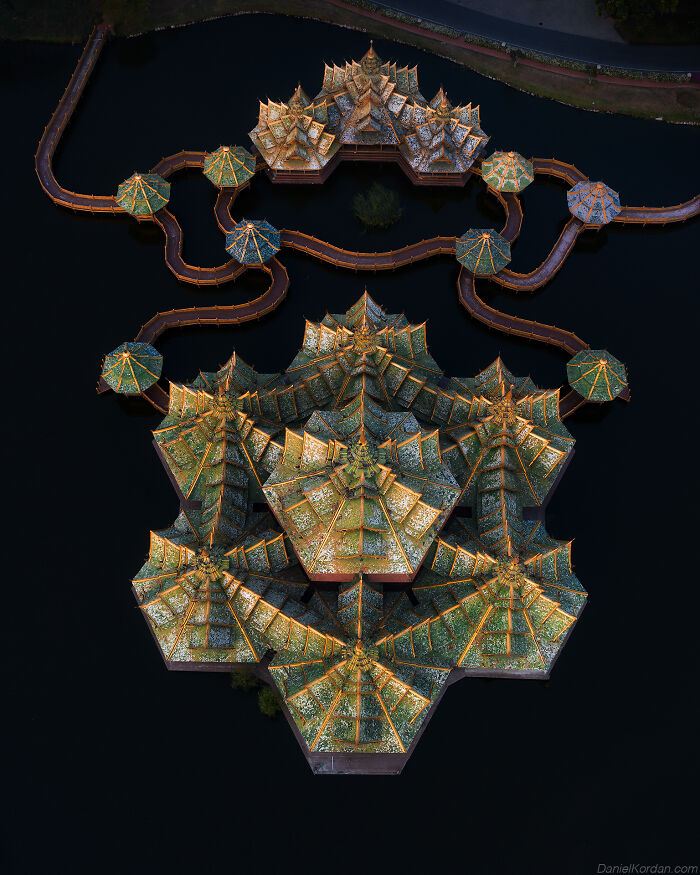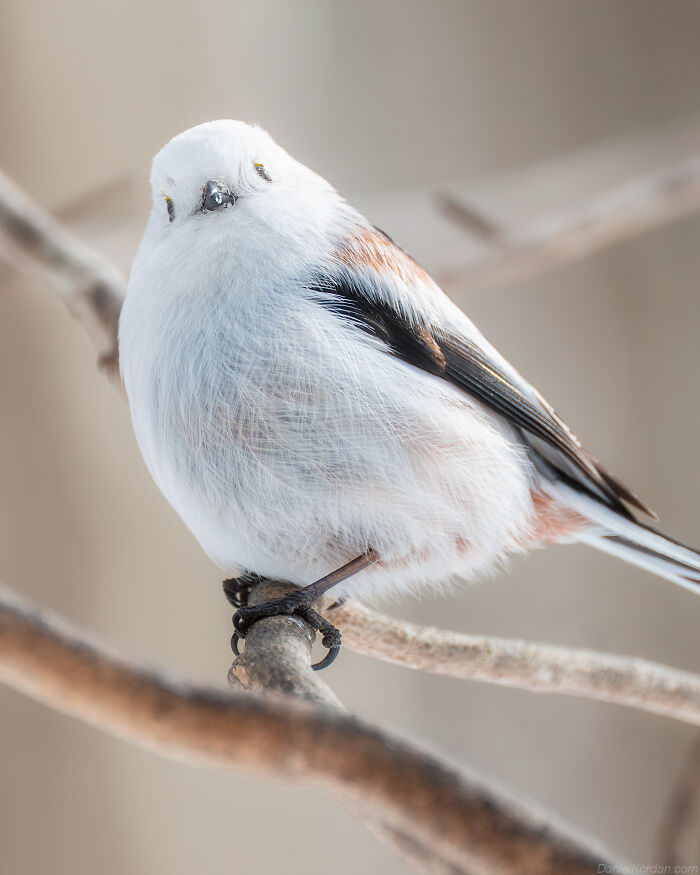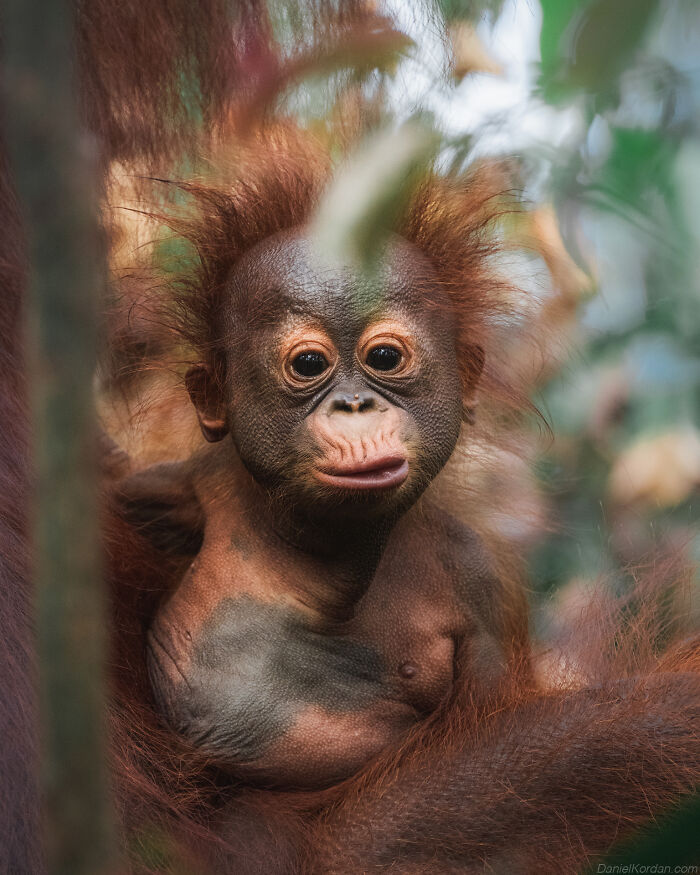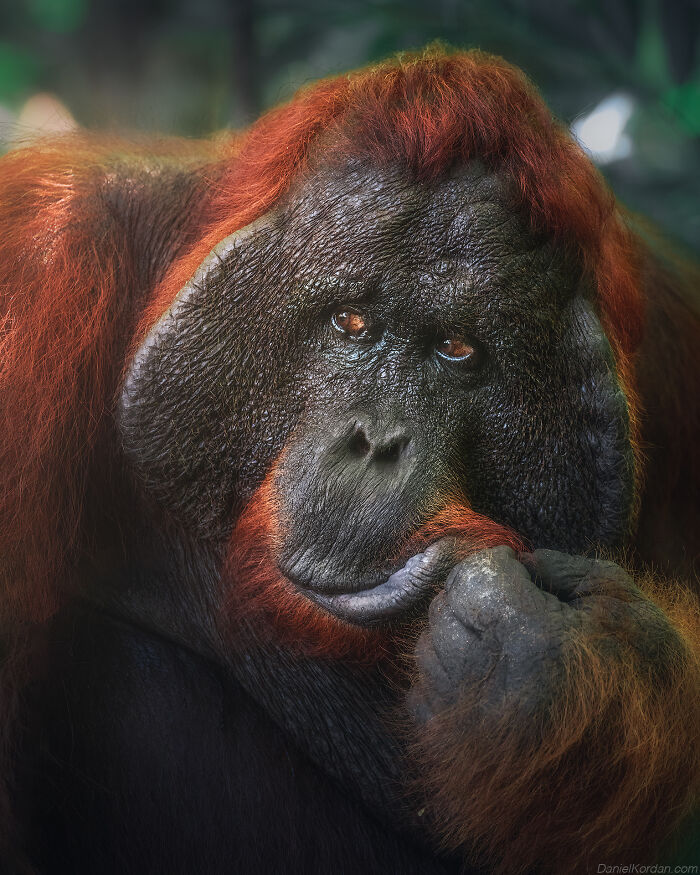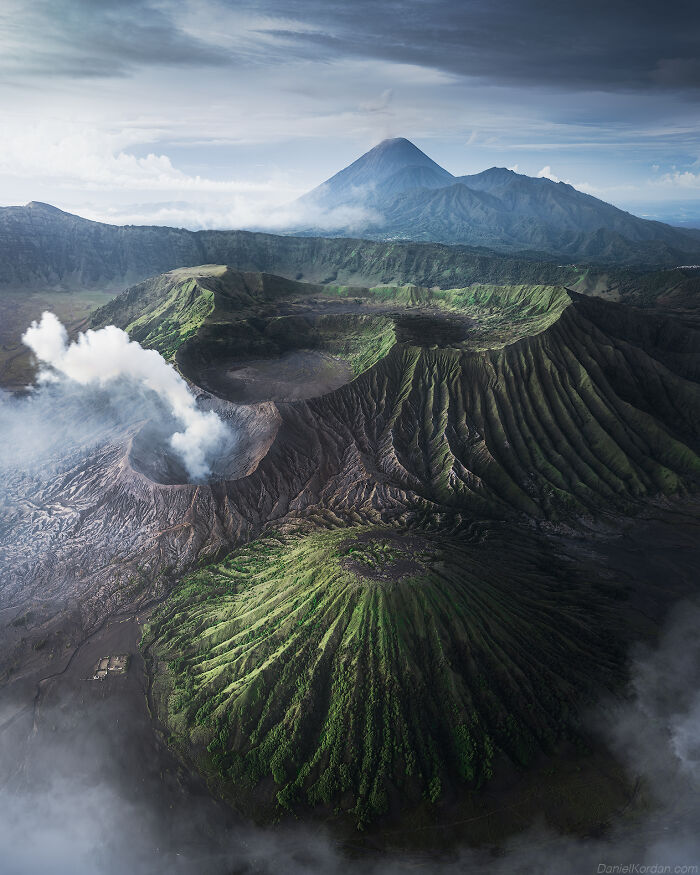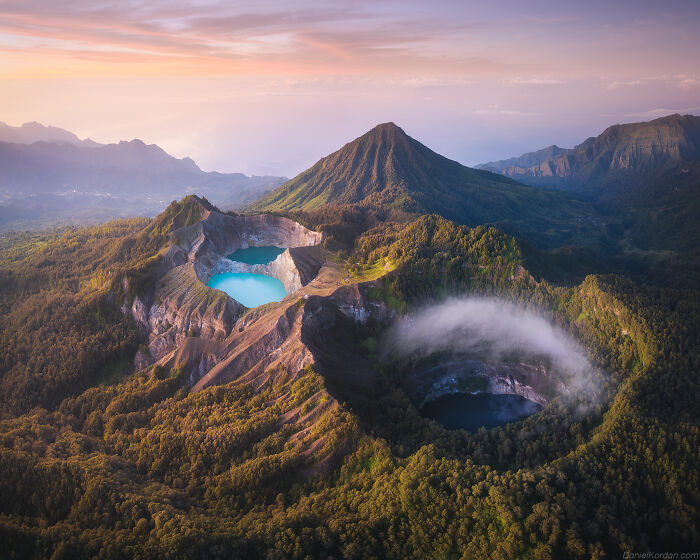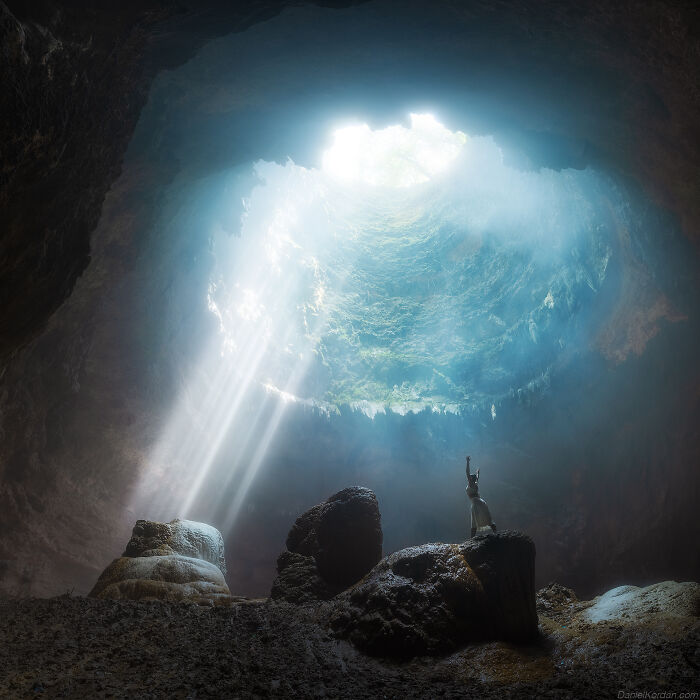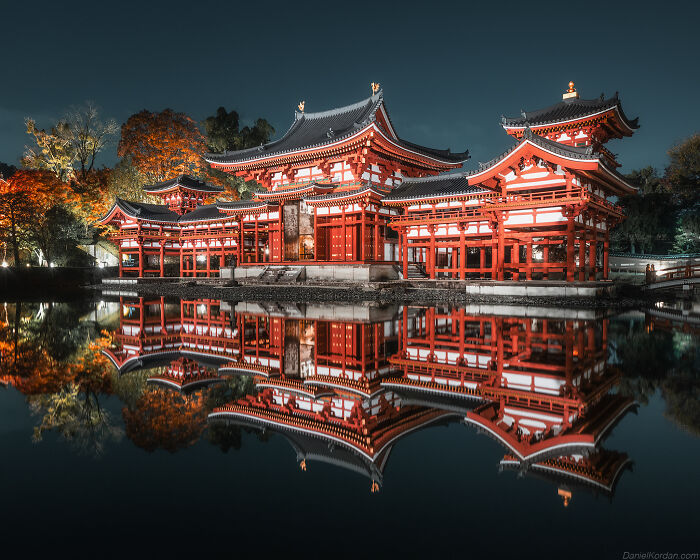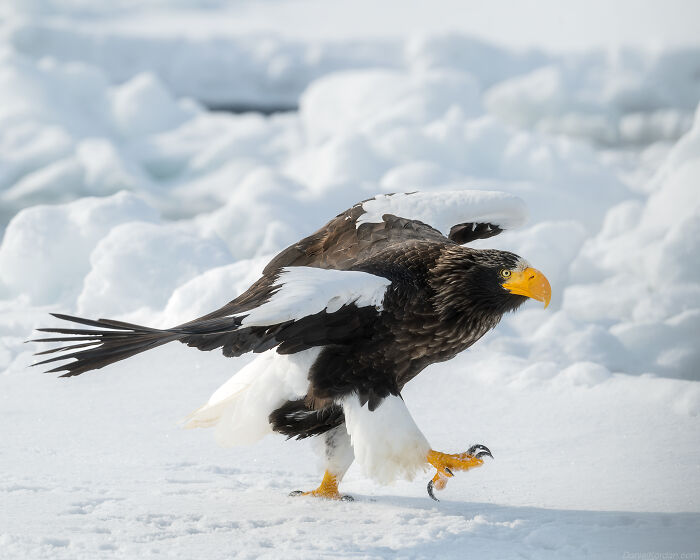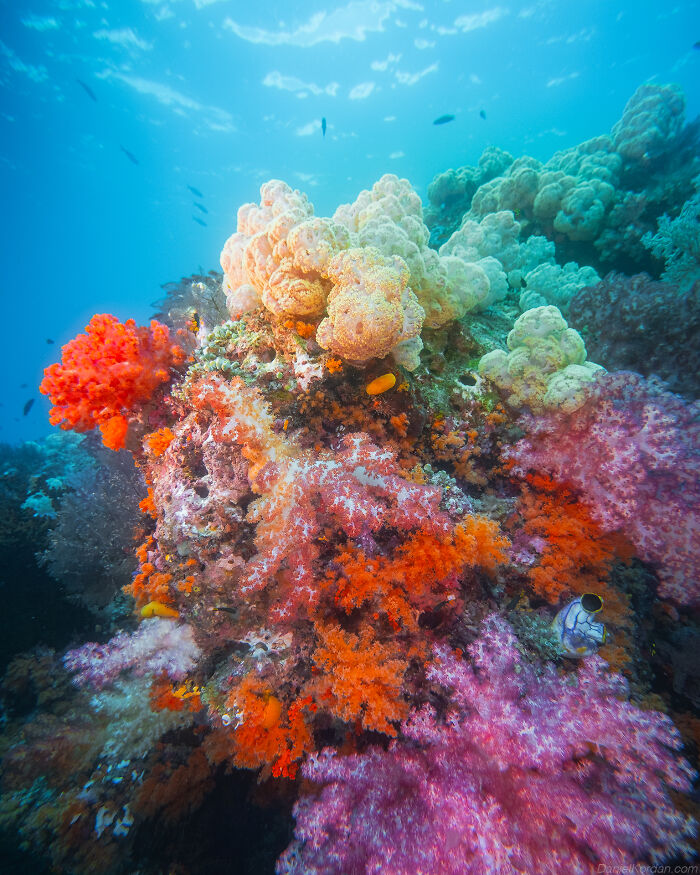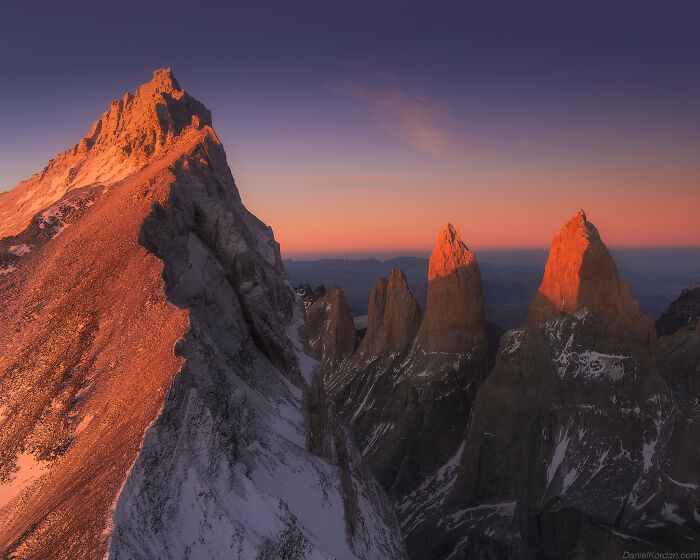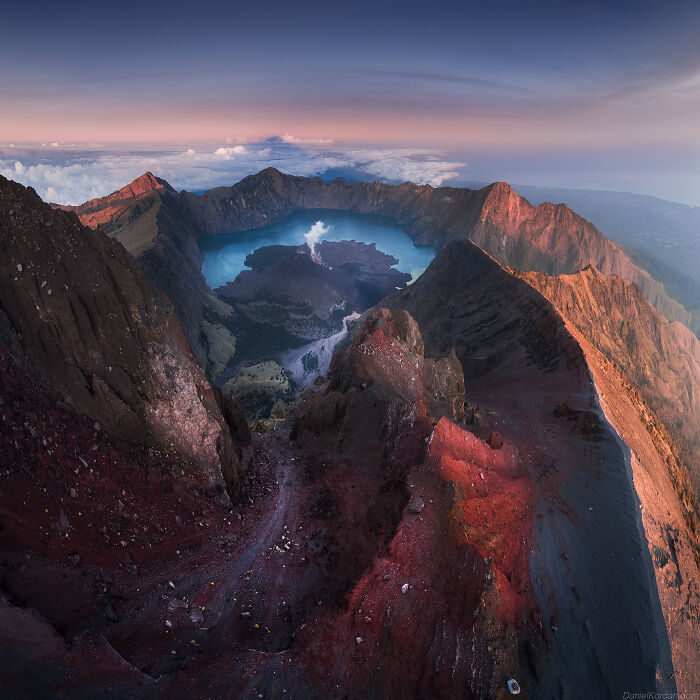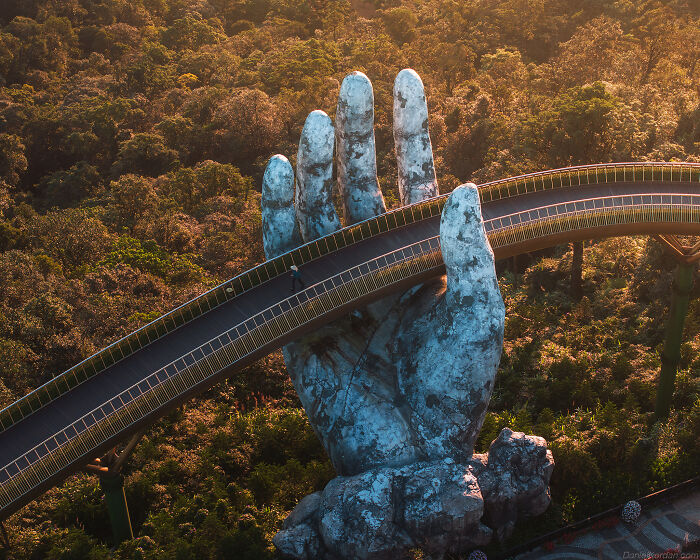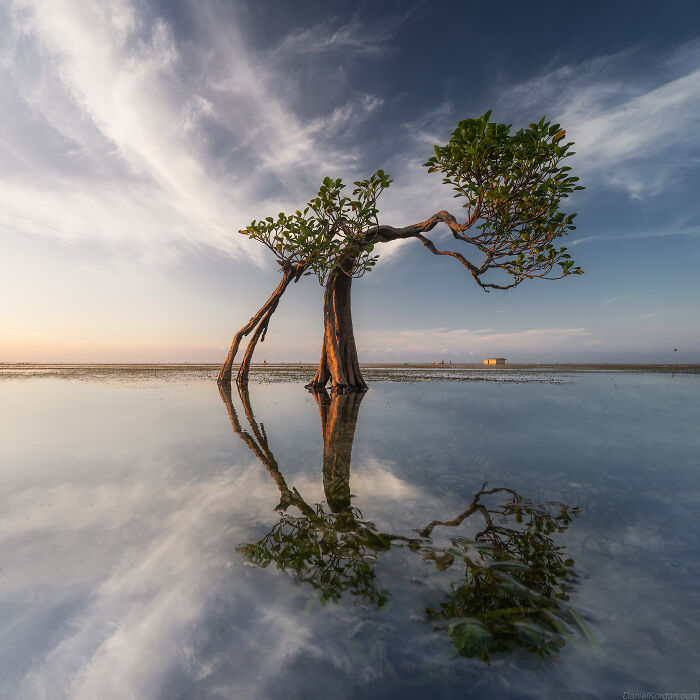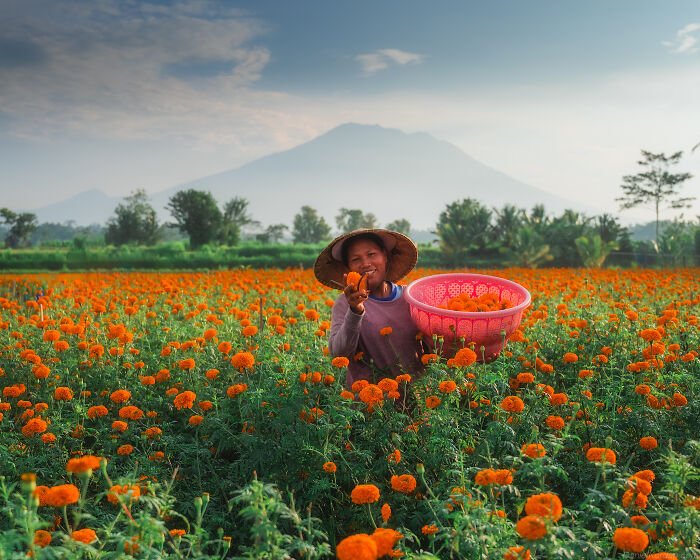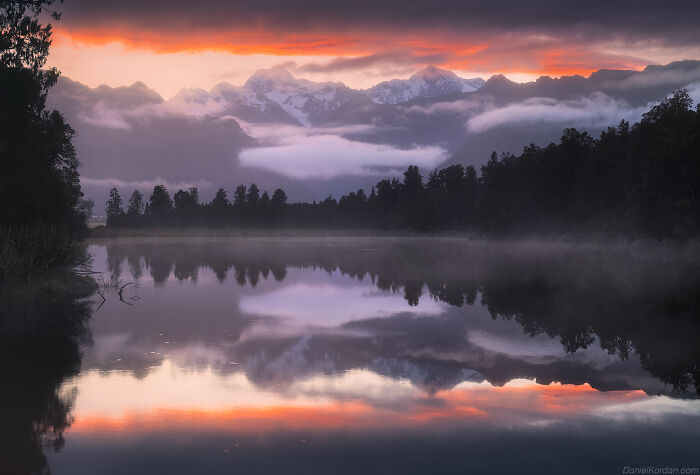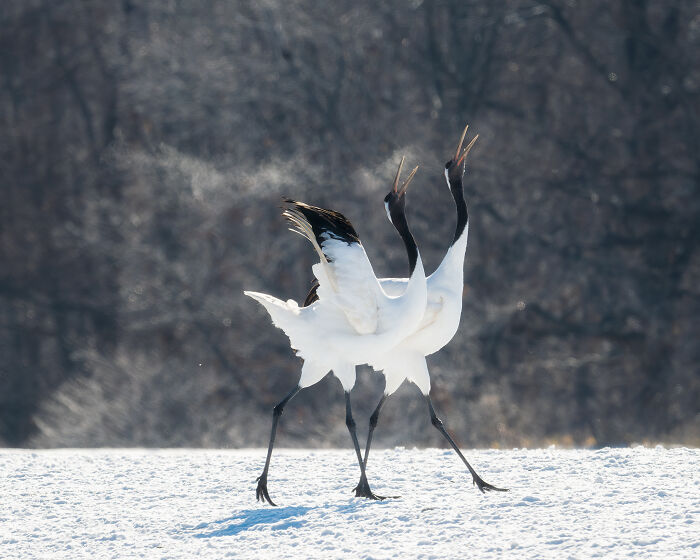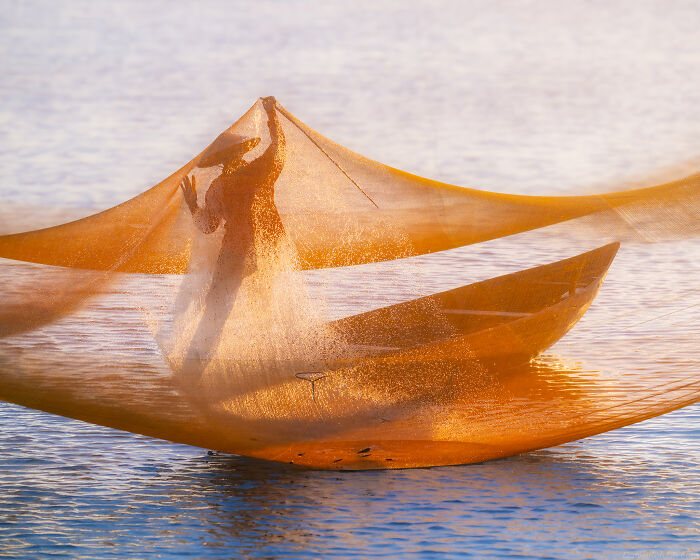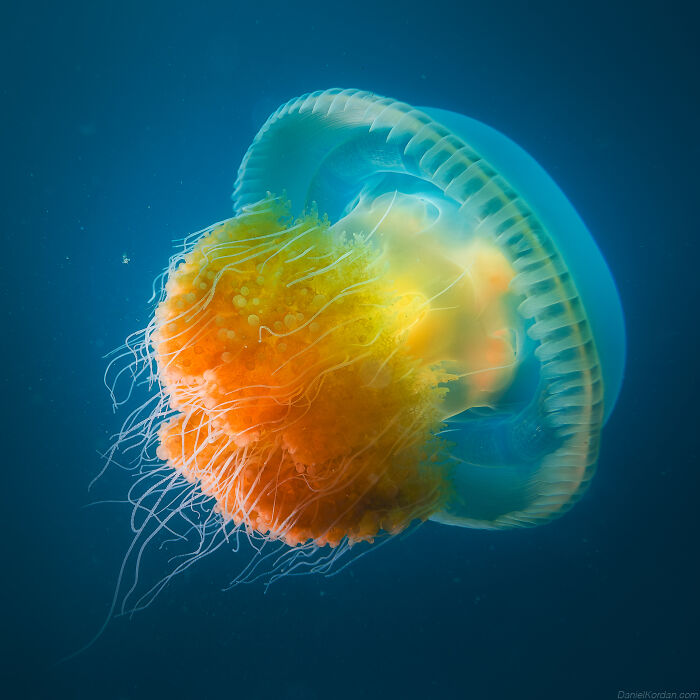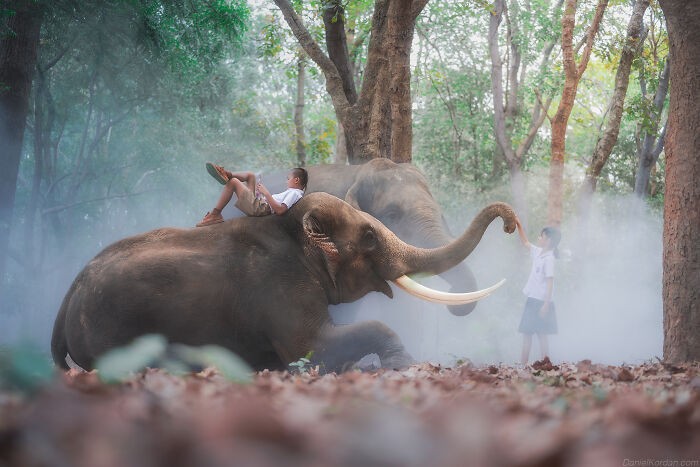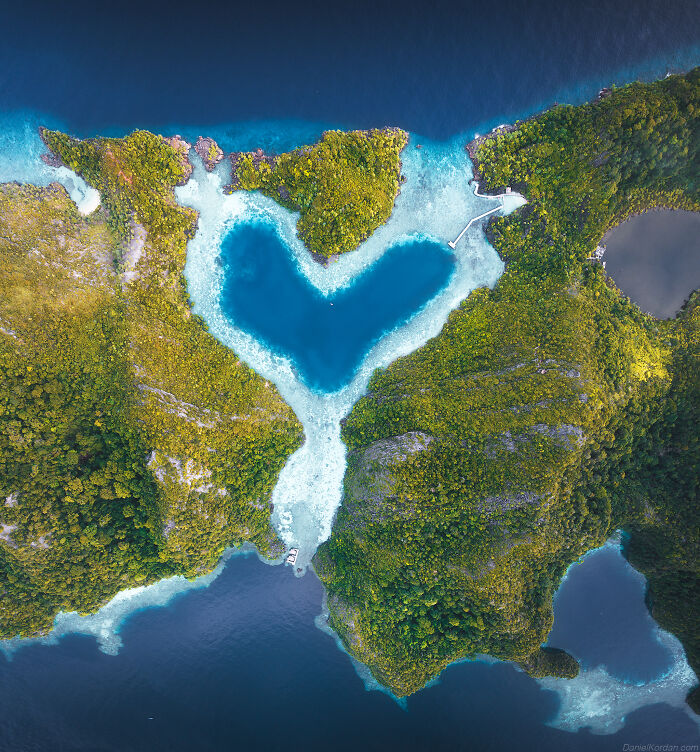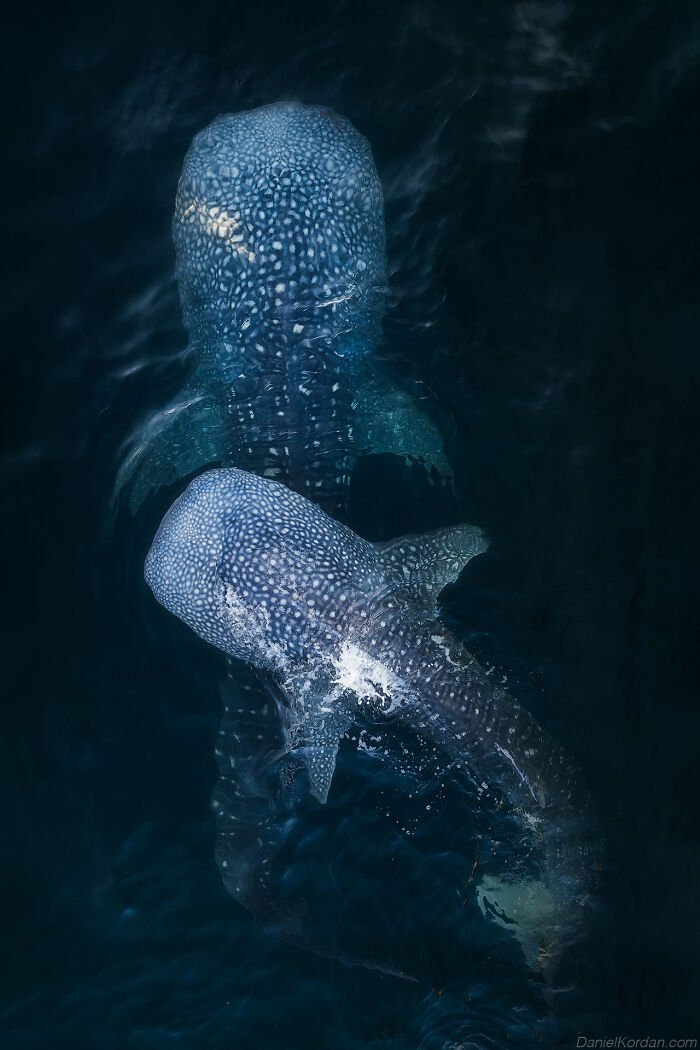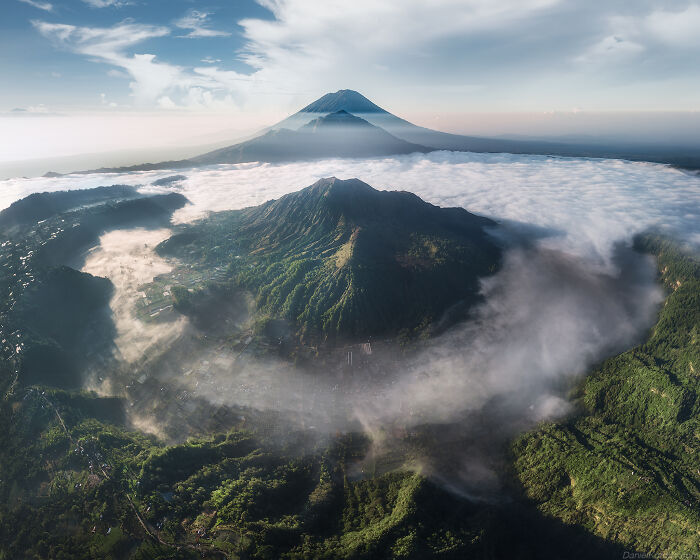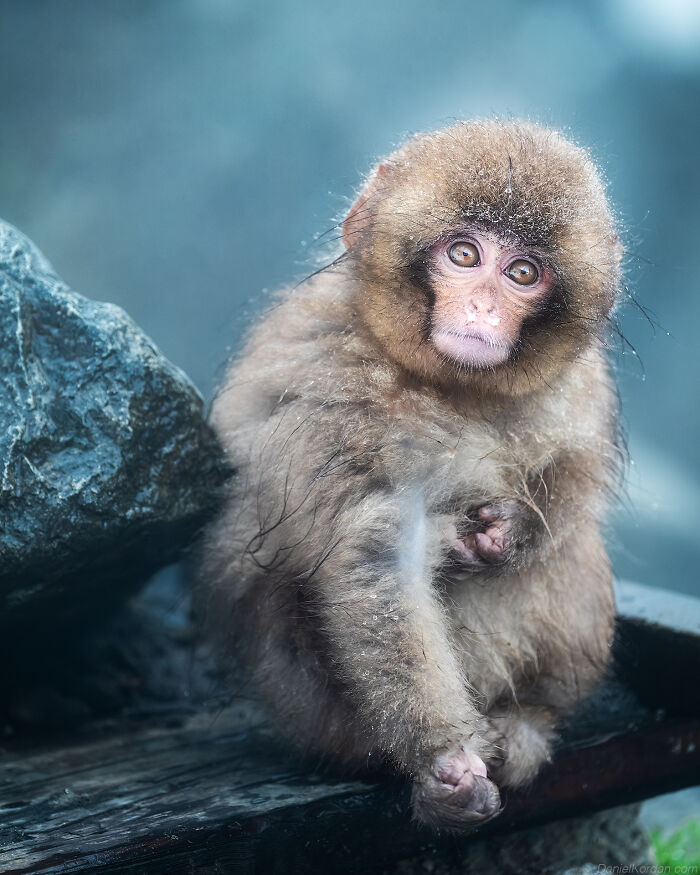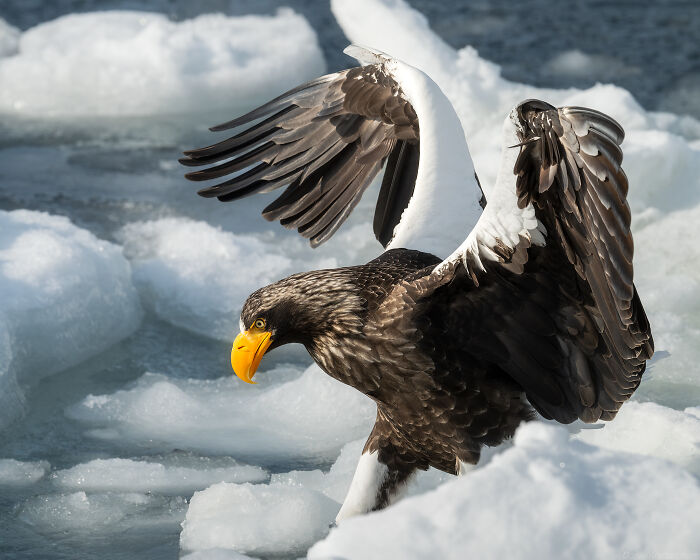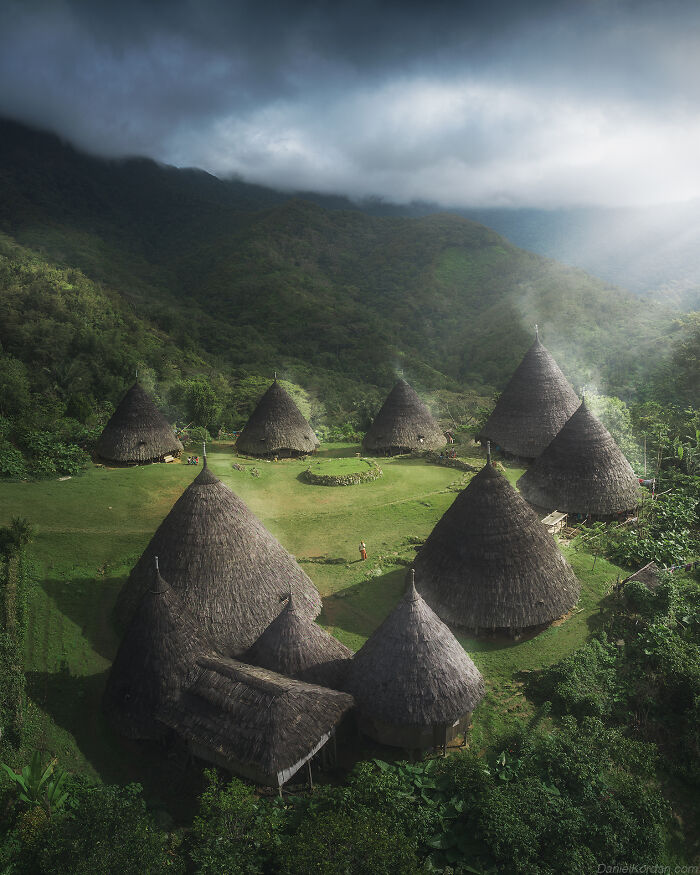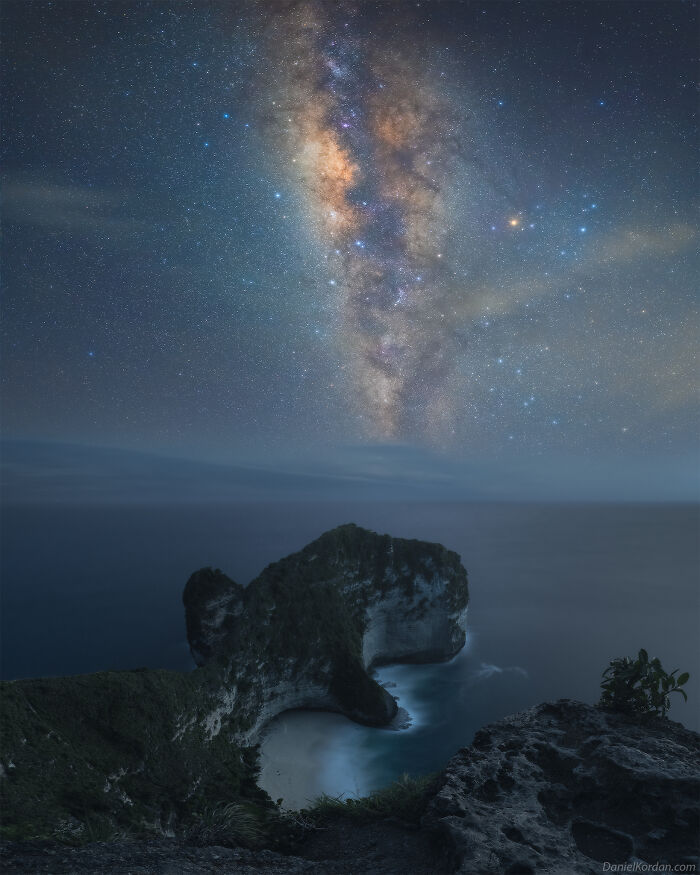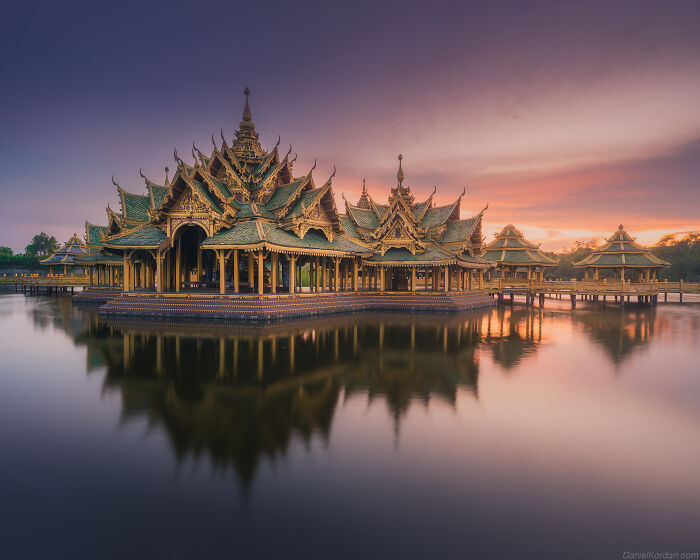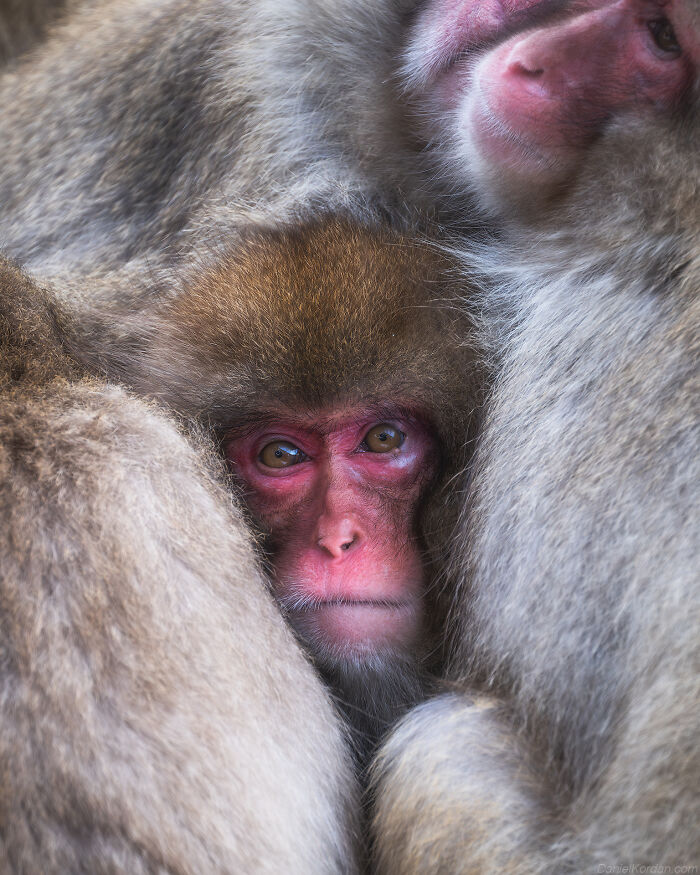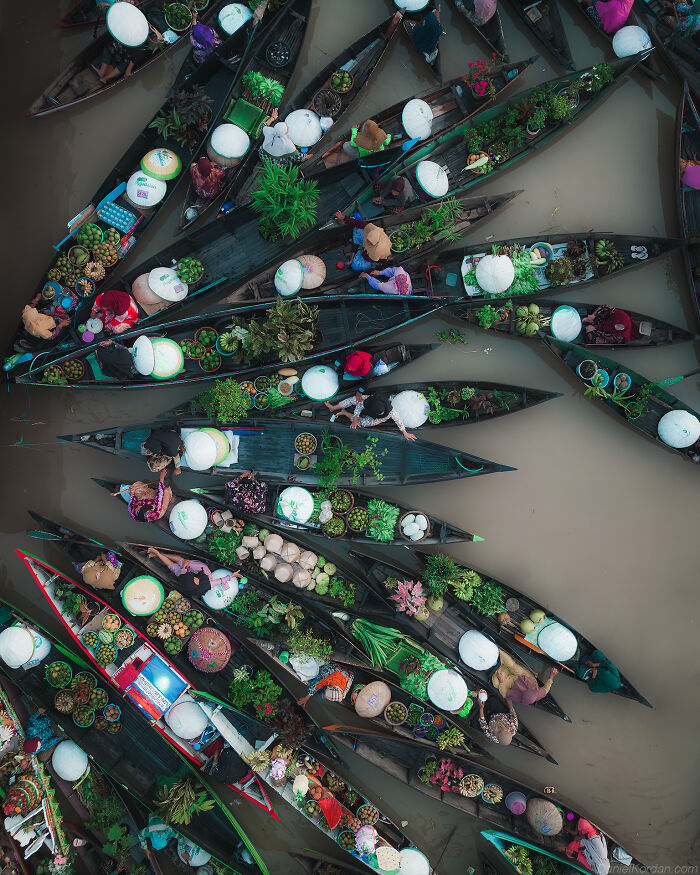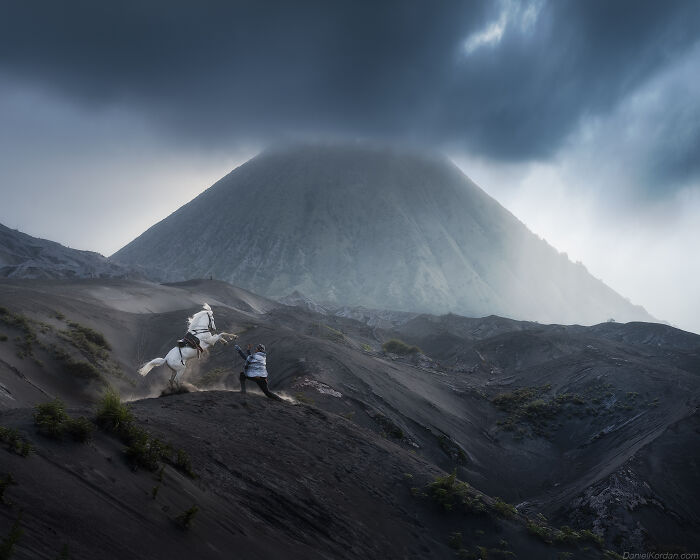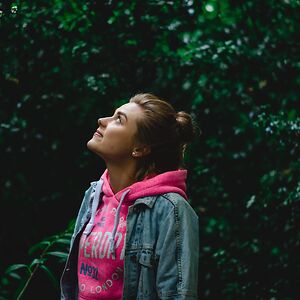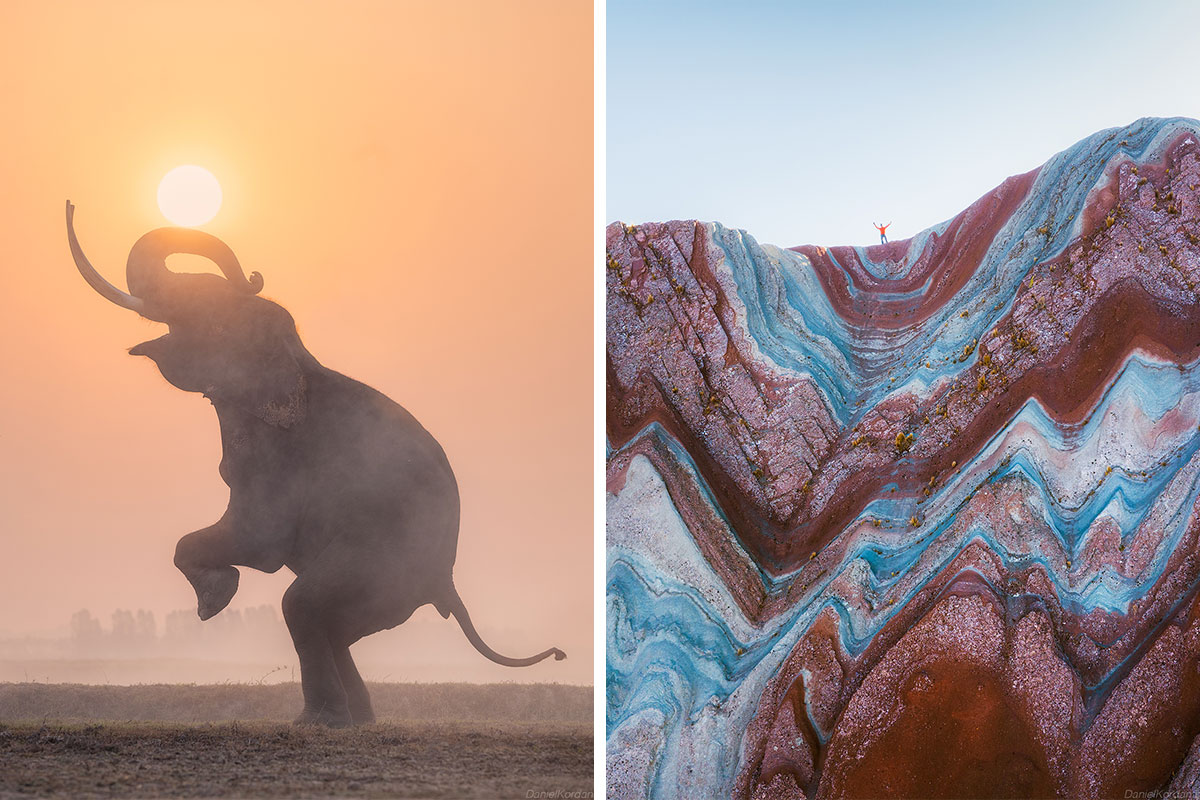
15Kviews
This Photographer Captures The Beauty Of Our Planet, And Here Are His 50 Best Shots
InterviewAre you ready for an exciting adventure? The collection of images by this photographer is great proof that Earth has a lot to offer and that many locations still seem to be undiscovered for us. Thanks to his outstanding work, Daniel Kordan will transport you to the most remote places where you can explore the beauty of our planet.
The author of the breathtaking shots shared with us that his journey into photography started “with a deep-seated love for nature and adventure.” He said: “About 10 years ago I started as a guide in a mountain club. This gave me the opportunity to travel to amazing places. Many of these guiding tours enabled me to experience wonderful sunrises (above the clouds). This made a great impact on me.
“I had a desire to document and share these beautiful moments with others. In addition, I met a lot of wonderful people and experienced different cultures. And that’s precisely what I love about it: your camera brings you to meet other people and new places.”
Scroll down to see some of the best works by Daniel, and let us know in the comments below which one of the places captured by the photographer you’d like to visit the most.
More info: Instagram | danielkordan.com
This post may include affiliate links.
Thailand
Daniel continued and told us more about his inspiration behind capturing diverse locations around the world: “Nevertheless, it was hard for me to choose between working with science or photography. My strongest passion had always been science, and I admired doing scientific work. Compared to this, photography was more like pure passion. After thinking thoroughly about the matter (working with physics or photographing as an occupation), the decision was made. I choose photographing and traveling. It had become what I loved most in my life.
Now that I’ve become a full-time landscape photographer (and a Nikon Ambassador), I still don’t consider my photography workshops as work. It’s because I’m so emotionally involved. Photographing has become an essential part of my life.”
New Zealand
New Zealand
I've been there! Pictures don't do it justice. It's absolutely mesmerizing.
Kordan also shared with us that his photography career definitely started from painting, and then with his skills as a scientist, it later developed into photography. He said: “It has been a long journey. Making a great landscape portfolio has also taken many years. It’s not something you finish in no time. It’s hard work.”
The photographer added: “In my first years building a portfolio, I was not known as a photographer. Because of this, I experienced little or no feedback on my work. There were no companies or people to cooperate with. I had to work for myself. Often I felt like a lonely wolf strolling in the mountains. To be correct, it took around 7 to 8 years of my career just to form my skills and portfolio. Finally, after all these years of intense work, my work started to pay off (with licenses, print requests, and plenty of returning customers on my tours). I got more widely recognized, and financially I began to make it a livelihood.”
Vietnam
Raja Ampat Regency
Daniel mentioned that the fact he was surrounded by stunning landscapes, from the rugged beauty of Siberia to the pristine shores of Lake Baikal, instilled a desire to capture the awe-inspiring scenes he encountered during his travels: “As I delved deeper into photography, I found myself drawn to the challenge of capturing the raw beauty of remote and diverse locations around the world.
Specializing in capturing diverse locations was a natural progression for me. I have always been fascinated by the incredible variety of landscapes our planet has to offer, from the icy wilderness of Antarctica to the otherworldly landscapes of Iceland. Each location presents its own unique set of challenges and opportunities, pushing me to constantly evolve and refine my craft.”
Vietnam
The photographer’s portfolio showcases a wide range of destinations and landscapes. We were wondering how Kordan approaches the process of selecting his next photography location, and what draws him to each specific place, to which he said: “Selecting my next photography location is a deeply personal process that involves a combination of research, intuition, and a sense of adventure. I am constantly on the lookout for new and unique destinations that inspire me creatively and emotionally.
One of the key factors I consider when choosing a location is its natural beauty and cultural significance. I am drawn to places that offer a rich tapestry of landscapes, from towering mountains and pristine beaches to ancient forests and bustling cities. I also look for locations that are off the beaten path, where I can immerse myself in the local culture and connect with the natural world in a meaningful way.”
Daniel added: “Ultimately, my goal is to create images that evoke a sense of wonder and awe, transporting viewers to far-off lands and inspiring them to explore the beauty of our planet for themselves.”
Indonesia
Borneo
To give us a glimpse into his process, the photographer presented us with a step-by-step system that he developed to study his next destination. He explained: “Your journey is not only a trip to a location. Instead, try to create it as a long-lasting project with several goals and ideas to be tested – the goal might, for instance, be an album, an ecological project, or an exhibition – before conducting a project using a ‘scientific’ approach.
Step 1 – Research if the topic is fresh and novel
Step 2 – Research about creative ideas
Step 3 – Tell a story by your images / imagine a story
Step 4 – Find sponsors or partners (often a method of 100 letters helps, where you send out a lot of emails explaining the marketing value of your project)
Step 5 – Collaborate with local people, communities, and guides who can help you accomplish the project in the fields. Build a team.
Step 6 – Publish as much as possible (exhibitions, books, articles)”
The photographer mentioned that the advantage of working at a particular location for a long time (returning there in different seasons or different years), is that you become more recognizable by both photographers and local people.
Vietnam
Rejang, Sumatera
Daniel advised other aspiring photographers to share their work as much as possible. This involves writing interviews, and publishing their pictures on social media, popular blogs, and photography websites: “By exposing yourself, you will get more feedback.”
Kordan has added a few additional important tips for future photographers: “In addition: request critiques from fellow photographers. Sadly, (nowadays) I think it is almost impossible to get constructive critiques. For that reason, it’s essential to find a person who’ll kick you if you get stalled. Finally, I would like to remind you that it takes a long time to make your portfolio ‘work.’ Therefore, you have to work very hard every day, to achieve your dream.
Work with foreground. Sometimes ‘treasures’ lie beneath your feet: ice shards or beautiful snow texture, sand pattern. Use foreground to transfer the viewer inside the frame. A well-chosen foreground may create a completely different photo even in a well-known location. Balance the foreground with the middle- and background. If you choose too heavy a foreground, you will not feel the altitude of distant mountains and a major part of your composition will not be readable/expressive.”
Peru
Hokkaido
Another piece of advice the photographer shared was to explore new locations: “The photographers’ world is saturated with copies of the same locations. But there are still plenty of places to explore in the world. Most of them require hard planning and truly tough expeditions, like my Greenland sailings. Many locations in Russia are hard to reach, but you can get unique stuff from there. But do not concentrate on just the geographically less-explored places – be original and bold with compositions even in well-known places.”
Sumbawa
Finally, Daniel pointed out that every professional photographer should be a perfect manager of their own time: “You need to have an idea of the project to work for. Besides, communication and marketing skills are very useful. You need to cooperate with other photographers, with suppliers of gear and wear, and with sponsors. Besides working with the camera, your writing skills are essential: each photo contains a nice story to be told. To expose myself, I write lots of articles, give interviews, and cooperate with leading photographic communities on social networks.
In my particular work as a tour leader and guide, an essential skill is to guide the group and preserve the atmosphere of social comfort inside the group, the ability to pay attention to details, and treat people with constant attention. It is quite useful, if you like to drive, to include 4x4 skills and to know basic medicine and safety techniques in the mountains. Usually, knowledge of additional languages is very useful and leads you to better communication with local people. As my practice tells me, the most useful languages for travel are English, Spanish, and French.”
Sumba
Sulawesi
It's an " Aye Aye " ... A small creature that an old legend says " if they build a pillow around your head , you'll always have good luck... But if they build one near your feet , death comes. "
Traveling extensively for photography must come with its own set of challenges. We wanted Daniel to tell us more about some of the logistical considerations and preparations he undertakes before embarking on a photography expedition. We found out that indeed, it might get difficult, starting with logistical considerations to unpredictable weather conditions: “Before embarking on a photography expedition, I undertake careful planning and preparation to ensure a smooth and successful journey. Basically, I send myself ‘assignments’ (because I have my own business [a tour agency]). It has not always been easy. I’ve expected different challenges on my journeys.
For example: high elevation. I’ve had photography sessions 4,000-5,000 m above sea level. To endure our stay, we first needed 5-6 days to acclimatize. Subsequently, we spent the next 2 weeks at Altiplano (full-time at 4,000-5,000 m). It felt so hard to move and hard to breathe. But due to proper planning, we were able to conduct the session in a safe way.”
Japan
Thailand
The photographer emphasized the importance of selecting the right gear for the job: “I carefully select my cameras, lenses, and other equipment based on the specific requirements of each location and the type of shots I hope to capture. I also make sure to pack essential items such as extra batteries, memory cards, and protective gear to keep my equipment safe and secure in any environment.
In addition to gear, I also pay close attention to the practicalities of travel, such as obtaining necessary permits and visas, arranging transportation and accommodations, and planning for emergencies. I strive to strike a balance between spontaneity and preparedness, allowing for flexibility while also ensuring that I am well-equipped to handle any challenges that may arise along the way.”
Thailand
Hokkaido
Lastly, we asked Daniel to share a particularly memorable moment or encounter that left a lasting impression on him during his travels. The photographer said it’s been the opportunity to witness the aurora borealis in person for the first time: “I had traveled to the remote wilderness of northern Norway in search of this elusive natural phenomenon, and I will never forget the sense of awe and wonder that washed over me as the sky erupted into a kaleidoscope of colors.
As I stood beneath the dancing lights of the aurora, I felt a profound connection to the natural world and a sense of humility in the face of its beauty and power. It was a moment of pure magic that reminded me of the importance of preserving our planet’s precious ecosystems for future generations to enjoy.”
Indonesia
Indonesia
Another one of the most incredible experiences Kordan’s ever had as a photographer was on the flooded Uyuni in Bolivia: “These are the world’s largest salt flat floods for about four months every year. It’s a natural spectacle that merits an award, applause, or a bow from us.
It’s hard to believe your eyes and senses while standing in the middle of these salt flat floods by night. Let me explain my experience: Our ‘spaceship’ (car) was parked in the distance and the stars were blinking with blue, red, and yellow colors. The stars surrounded me completely. They were above me, next to me, and ‘underneath’ me. It felt like space on Earth!”
Flores, Indonesia
The photographer also mentioned his travel to Altiplano in Bolivia, which ranks as the best possible place on Earth to observe stars and practice astrophotography: “There are not many places in the world where you can enjoy an absolutely dark sky. Cities and even small villages emit a lot of light at night time. Besides, it’s often hard to get a very clear sky. But at this place, the sky was just amazing. Perfect for astrophotography.
Encounters like these serve as a constant source of inspiration for my photography, driving me to seek out new adventures and explore the farthest reaches of our planet in search of moments of wonder and beauty.”
Java
Japan
Hokkaido
Raja Ampat Regency
Lombok
Vietnam
Sumba
Bali
New Zealand
Hokkaido
Vietnam
Raja Ampat Regency
Sumbawa
I was able to snorkel with whale sharks in Mexico. An amazing experience.
Hokkaido
Flores, Indonesia
Thailand
Hokkaido
Beautiful pictures, Daniel Kordan.🙂 BP, more of this sort of thing please. 🙂
Beautiful pictures, Daniel Kordan.🙂 BP, more of this sort of thing please. 🙂
